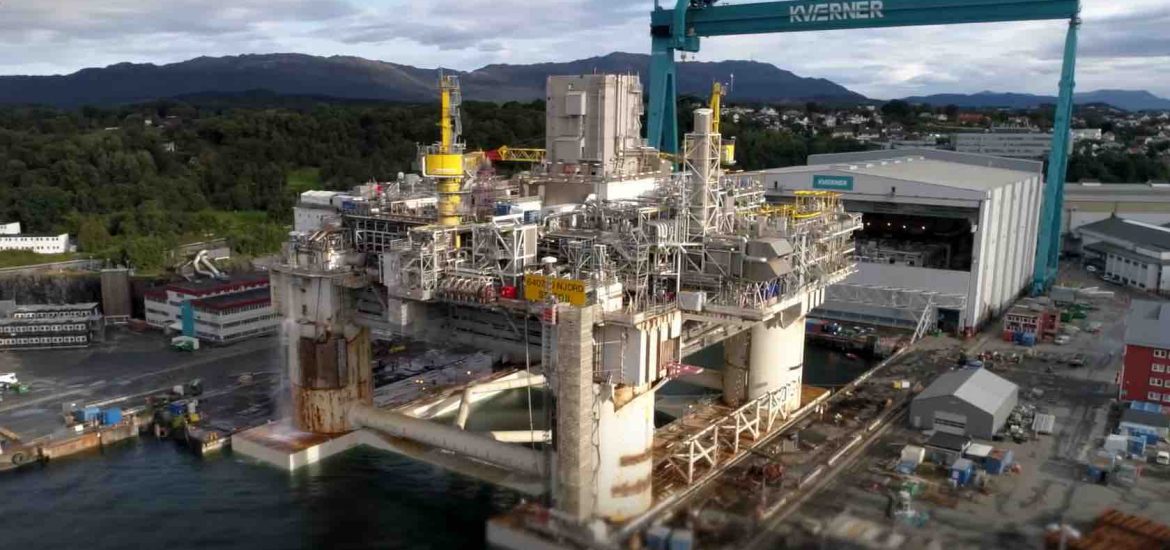
Norway’s Statoil said it aims to further cut its carbon footprint as measures to reduce global warming could cut the value of its assets, leaving reserves underground.
The prospect that large quantities of the world’s oil will never be extracted due to the increase of renewable energy and electrification of transport has been considered by the oil sector.
Anglo-Dutch oil giant Royal Dutch Shell said in April that it saw little risk of having “stranded assets” in its portfolio because 80 per cent of its current oil and gas reserves would be extracted before 2030 anyway.
Norway’s state-run giant Statoil began stress-testing its portfolio of oil and gas assets against global energy predictions from the International Energy Agency (IEA) in 2015. The IEA’s Sustainable Development Scenario analyses possible energy policies by 2040.
“The net present value [of Statoil assets] will be reduced by 13 per cent under the IEA [sustainable development] scenario,” Statoil’s CEO Eldar Saetre said.
The IEA says its scenario is aligned with the 2015 Paris climate agreement goals to keep global warming from exceeding 2°C.
Statoil reduced its emissions from 11kg of carbon dioxide per barrel of oil equivalents (boe) in 2014, partly by divesting its Canadian carbon-intensive oil sand operations in 2016.
Statoil said in 2017 it would no longer explore for heavy oil, which requires more energy and produces more emissions to extract.
However, the company still runs two heavy oilfields in Brazil and off the UK coast, and is working with Russia’s oil giant Rosneft to develop a high-viscous field in Russia.
“Despite the negative impact on NPV [net present value] in the ‘sustainable development scenario’, we see very limited stranding of assets,” Statoil reported.
Statoil has announced plans to reduce emissions from some of its new fields to 3kg of CO2 per boe, which is less than 20 per cent of the global average.
Norway’s largest company said its carbon intensity at its offshore fields was 9kg per boe last year, compared to a global average of 17kg per boe.
Statoil said optimisation and efficiency improvements had bolstered its portfolio, which includes the giant Johan Sverdrup oilfield off the coast of Norway.
The site is due to be powered from the shore rather than generating its electricity by offshore gas turbines, which was reportedly the main source of emissions on the Norwegian continental shelf.
Statoil has huge fossil fuel assets. Picture credit: YouTube





